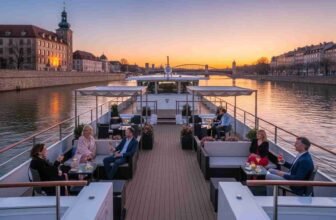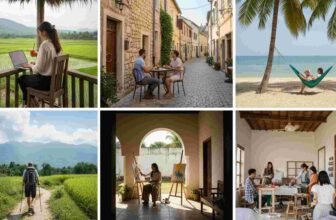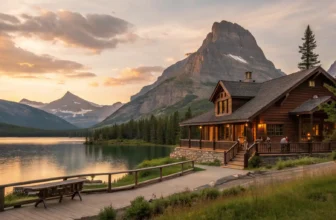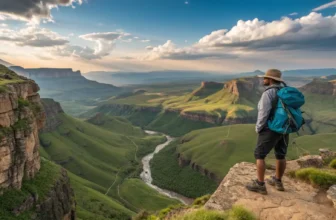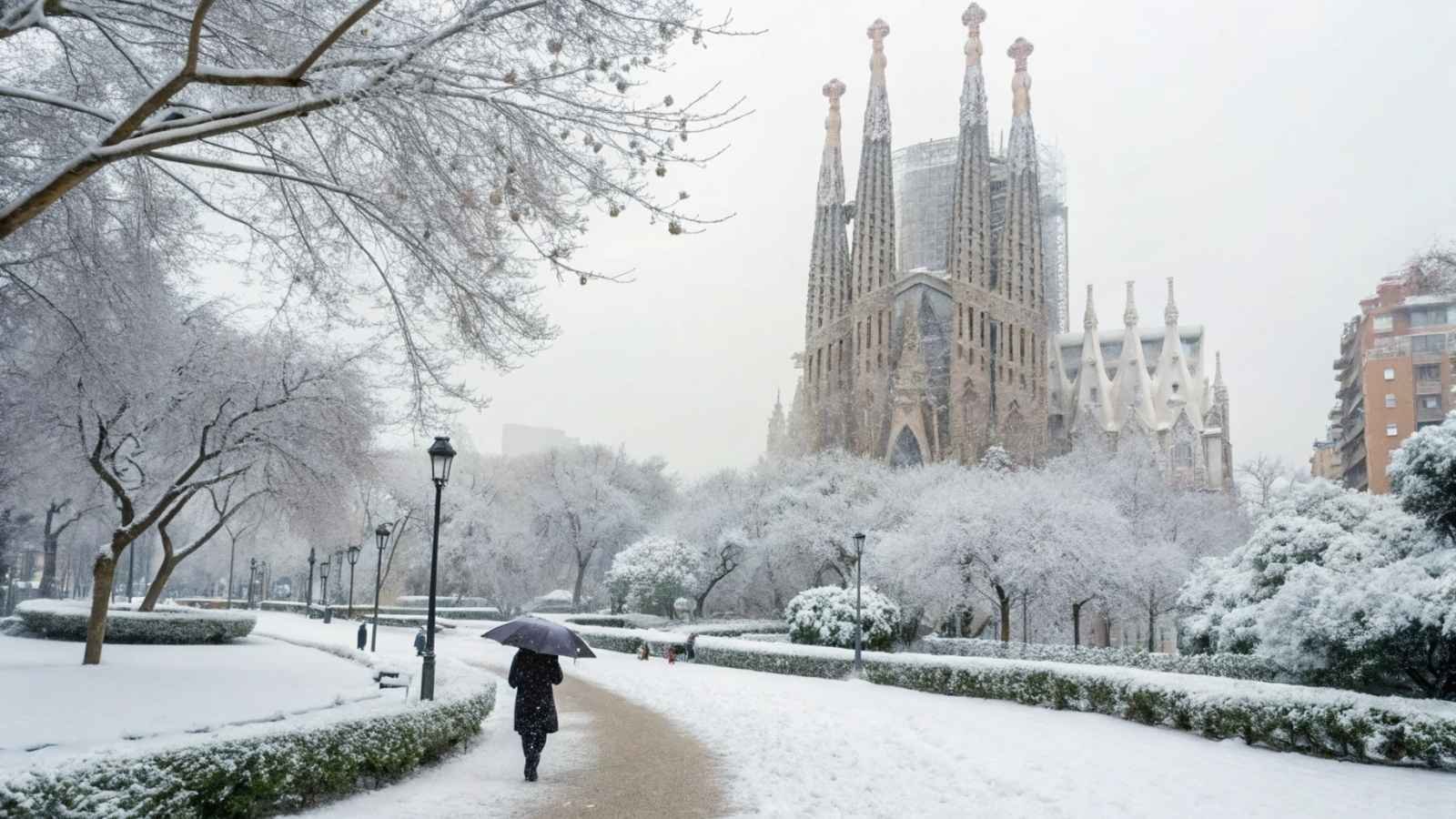
Crowds, inflated prices, long lines—sometimes peak season feels more like survival than vacation. Yet there’s a little-known secret travelers often overlook: the off-season can be the very best time to go.
Cities slow down, landscapes breathe, and locals finally have time to share their world with you. The light is different, the pace gentler, and experiences suddenly feel more genuine.
While brochures push you toward the busiest months, the truth is that the so-called “wrong time” often holds the most right kind of magic. Let’s explore destinations that shine brightest when everyone else stays away.
1. Venice, Italy, in Winter
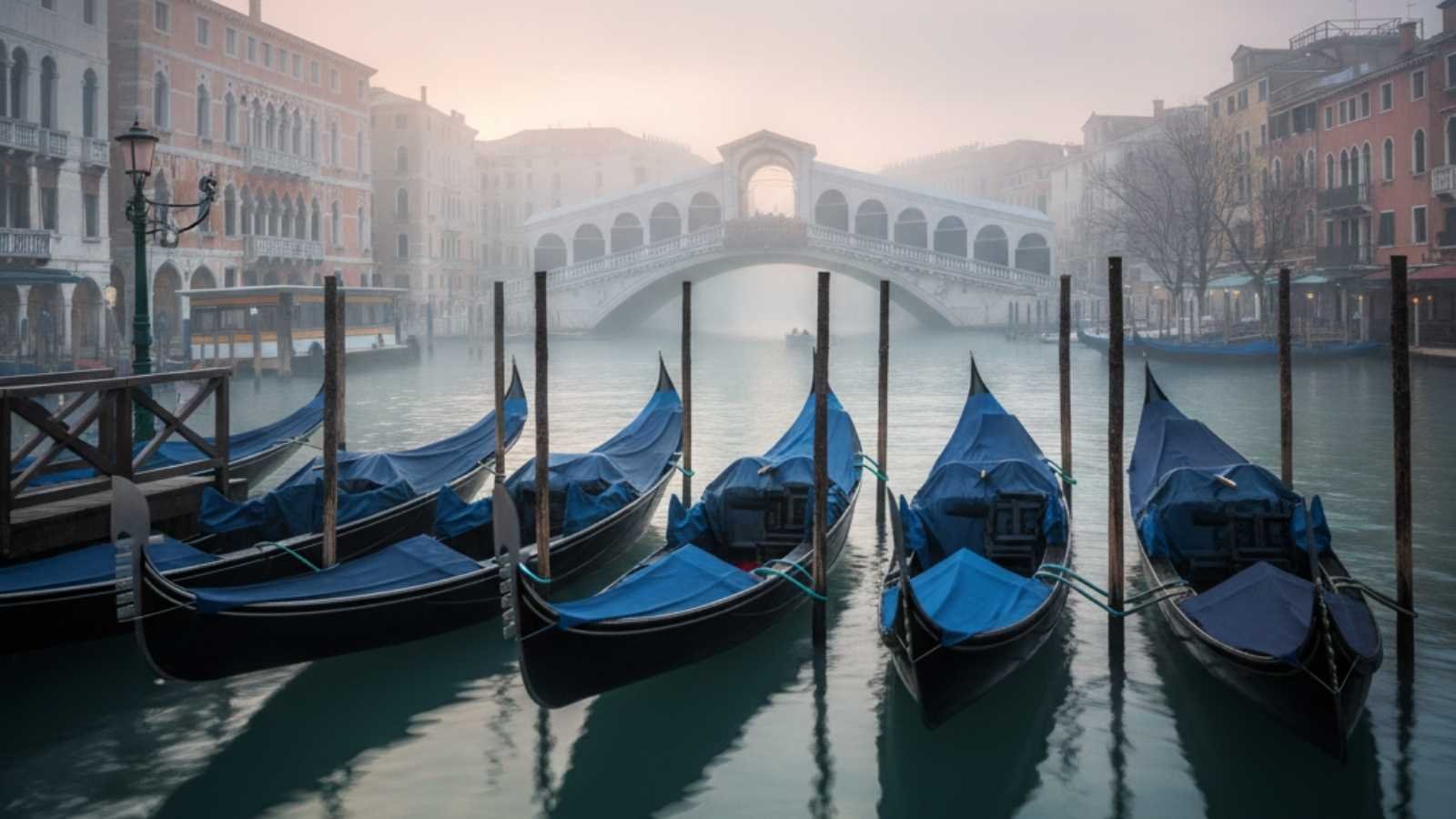
Venice is often painted as overcrowded, expensive, and almost impossible to enjoy during peak summer. But in winter, it transforms into something entirely different. The canals are quieter, the alleys less crammed, and suddenly you get to see the city as the locals live it. Even the gondoliers have more time to chat, and there’s a sense of calm that the tourist-filled summer never allows. The famous landmarks—from St. Mark’s Basilica to the Doge’s Palace—are still there, but now without lines stretching forever.
What makes Venice in the off-season magical is the mood. Fog often rolls in over the canals, giving the city a cinematic feel that no brochure ever captures. Cafés become cozy hideouts, and sipping a warm espresso feels far more authentic when you’re not dodging selfie sticks. Even the infamous high water, “acqua alta,” adds a unique character—you’ll see locals wading with ease while temporary platforms guide you through flooded piazzas. It’s a slice of Venice you’d never get in July.
And the bonus? Prices drop significantly. Hotels that would empty your wallet in summer suddenly feel within reach, and you’ll often find better tables in restaurants with no wait at all. For those who crave Venice without the chaos, winter is the season the tourism board won’t advertise—but travelers in the know treasure.
- Best Months to Visit (Off-Season): December – February
- Weather: Cold (4–8°C / 40–46°F), occasional fog, occasional acqua alta
- Events: Venice Carnival (late January–February) brings a festive twist
- Why Better Off-Season: Fewer tourists, cheaper stays, atmospheric charm
2. Kyoto, Japan, in Summer
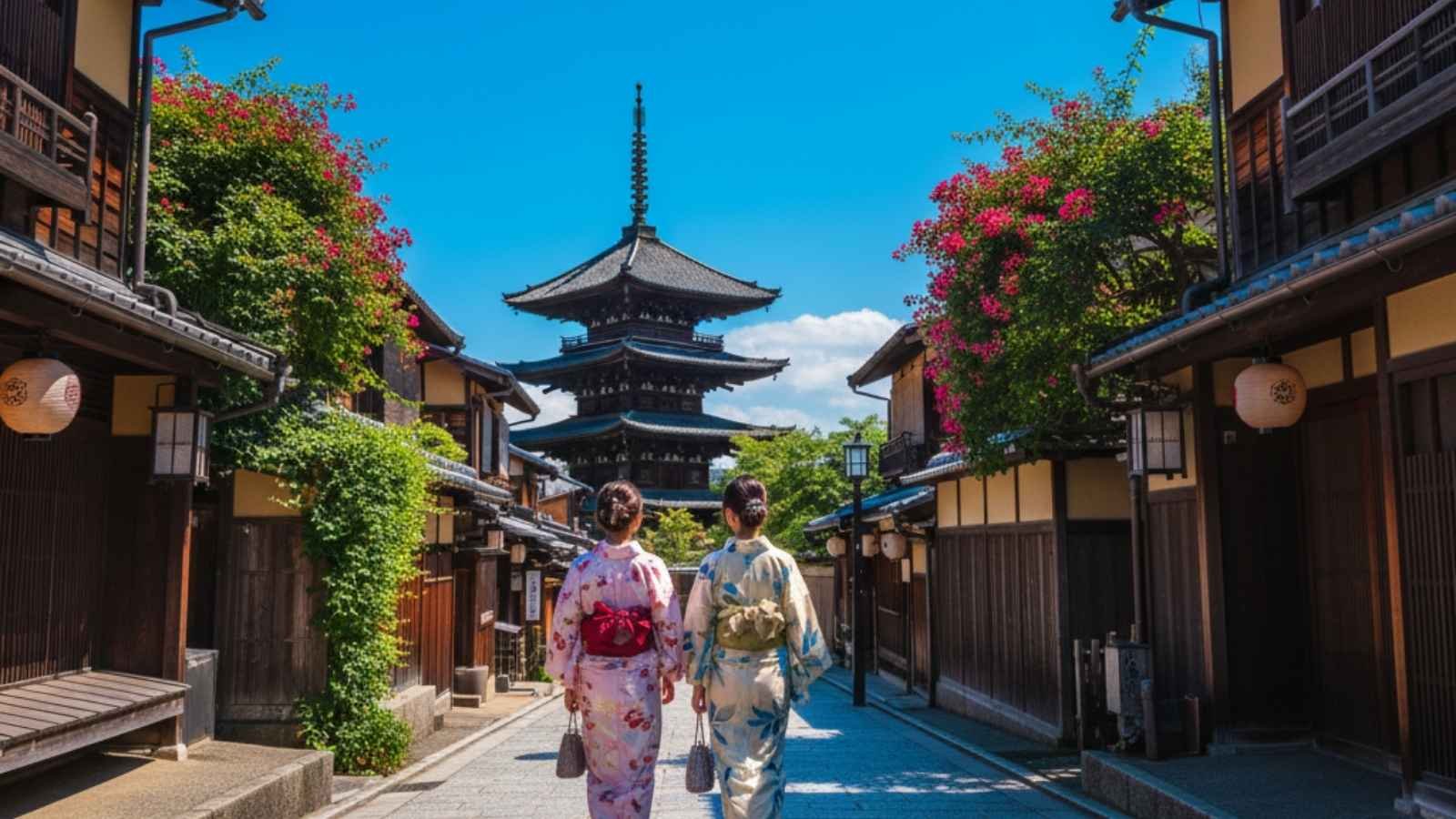
Spring and autumn get all the spotlight in Kyoto—cherry blossoms and fiery leaves dominate postcards. But summer, often dismissed as too hot and humid, holds its own quiet magic. The temples are still breathtaking, but instead of long lines of camera-happy crowds, you might find yourself with whole gardens nearly to yourself.
Kyoto in summer thrives with traditional culture. The Gion Matsuri Festival in July is one of Japan’s most spectacular, with grand processions of floats, lanterns glowing at night, and locals in yukata filling the streets. Yes, it’s warm, but summer also opens the doors to river dining experiences called “kawadoko,” where restaurants build platforms over flowing water to keep guests cool while enjoying seasonal dishes. It’s one of those experiences you’ll never get in spring.
Another perk is accessibility. You can take your time at places like Fushimi Inari Shrine without waiting for streams of people to move out of your frame. The moss gardens at Saihō-ji glow even more vividly in summer rain, and the lush greenery gives the city a different kind of beauty—subtle and alive. Summer in Kyoto isn’t about comfort; it’s about authenticity.
- Best Months to Visit (Off-Season): June – August
- Weather: Hot and humid (25–33°C / 77–91°F) with occasional rain
- Events: Gion Matsuri (July), fireworks festivals
- Why Better Off-Season: Cultural festivals, fewer tourists at major temples, seasonal dining experiences
3. Santorini, Greece, in the Fall
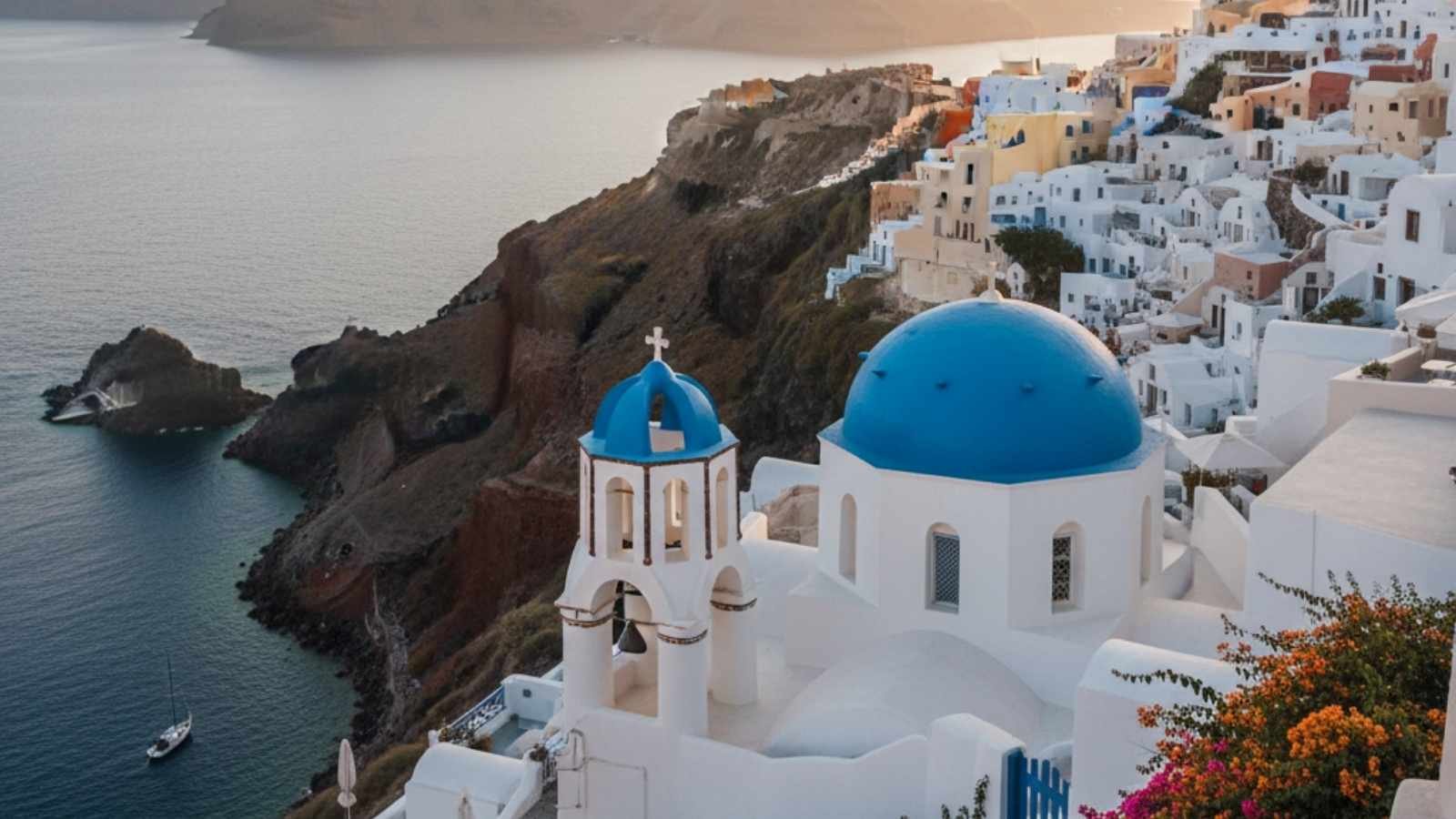
Most people think of Santorini only in terms of summer crowds, cliffside pools, and honeymoon clichés. But the fall months change everything. The sea is still warm, the skies are clear, but the tourist rush has thinned out. That means wandering through Oia without being shoulder-to-shoulder with strangers, and actually hearing the waves from your terrace instead of chatter from the room next door.
The vineyards, often overlooked in summer, come alive in September and October with the grape harvest season. Wine-tasting in Santorini becomes a true highlight, without the inflated peak prices. The island’s food scene also feels more authentic in the off-season—restaurants shift from catering to mass tourism to serving more traditional, seasonal dishes. You’ll find yourself lingering longer over meals, enjoying conversations with staff who finally have time to talk.
And the sunsets? They’re still legendary, but now you can savor them in peace. Fall gives Santorini a slower rhythm, one that feels truer to the island than the summer frenzy. The weather is perfect, the crowds are gone, and the island breathes again.
- Best Months to Visit (Off-Season): September – October
- Weather: Warm but pleasant (20–27°C / 68–80°F)
- Events: Wine harvest festivals, smaller local celebrations
- Why Better Off-Season: Cheaper accommodations, quiet villages, authentic local experiences
4. Iceland in Spring
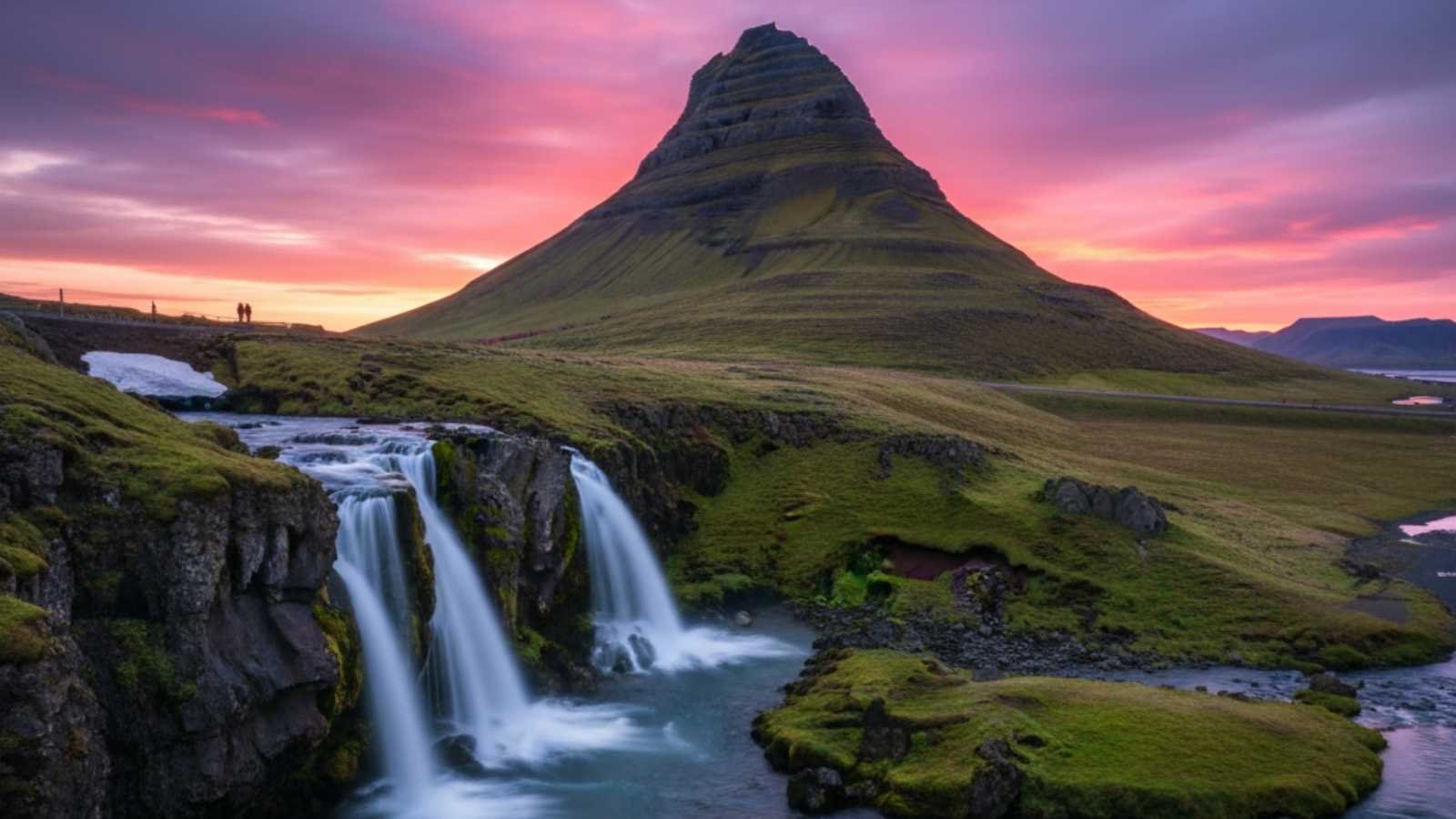
Tourism in Iceland peaks in summer and around Christmas, but spring is the sweet spot that rarely gets mentioned. The landscapes begin to thaw, waterfalls gush with snowmelt, and wildflowers start covering the valleys. You still get snow-capped mountains, but roads are more passable than in deep winter, making exploration easier.
Spring also offers a rare balance—you can still catch the Northern Lights in early April while also enjoying longer daylight hours to see more of the country. The contrast is stunning: bright green moss against volcanic black rock, with herds of sheep returning to graze after the harsh winter. Tour buses are fewer, meaning sites like Skógafoss or Thingvellir feel less like tourist attractions and more like natural wonders.
Costs are another bonus. Flights and hotels drop compared to summer, and rental cars are easier to book. You’ll find yourself with more room to breathe—both literally and metaphorically. Spring in Iceland is raw, powerful, and unpolished—in the best way possible.
- Best Months to Visit (Off-Season): April – early June
- Weather: Cool but mild (5–12°C / 41–54°F)
- Events: First Day of Summer Festival (late April), puffin season begins
- Why Better Off-Season: Cheaper travel, fewer tourists, chance to see both Northern Lights and lush landscapes
5. New Orleans, USA in Summer
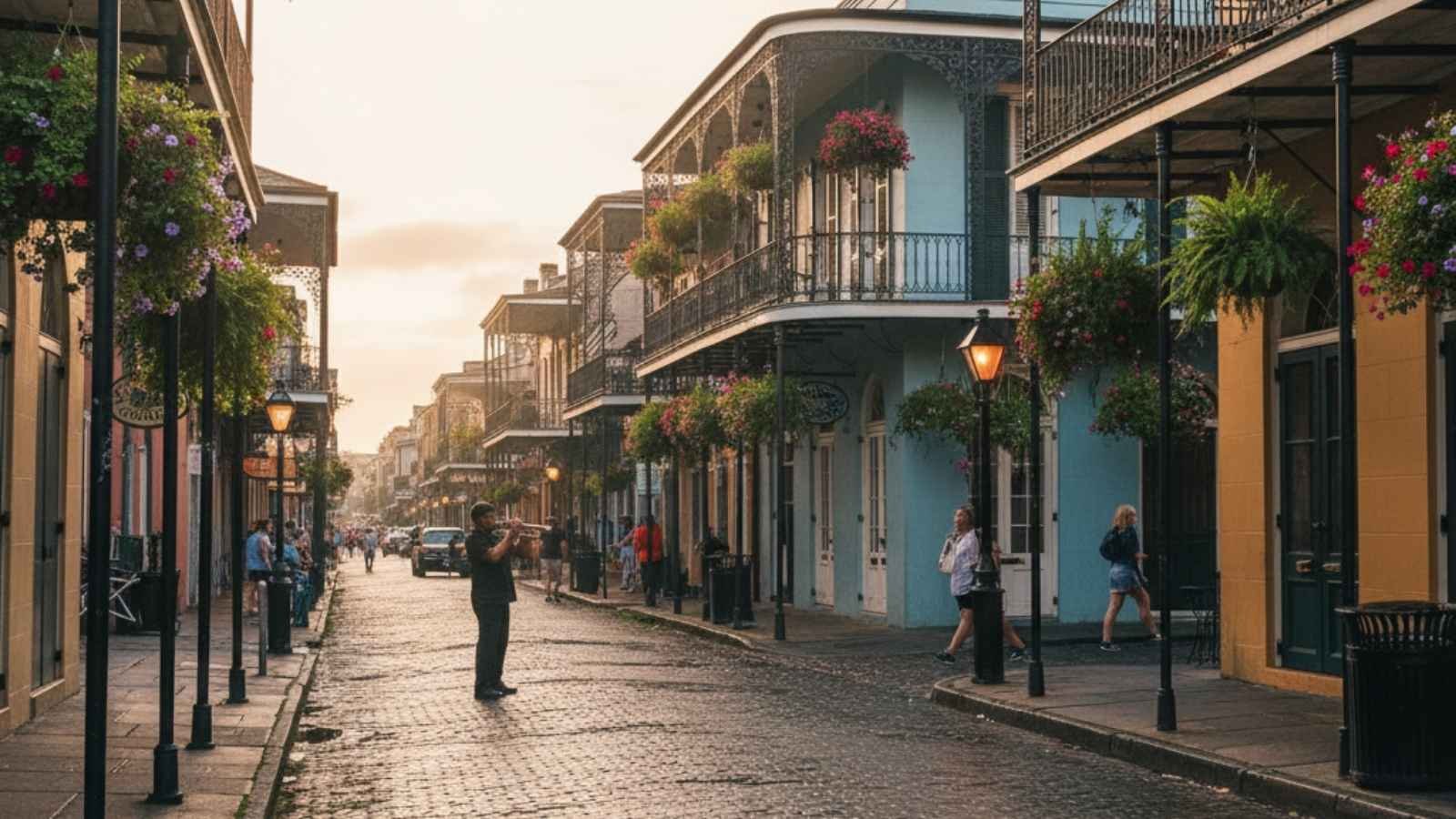
Most tourists hit New Orleans for Mardi Gras or the jazz festivals in spring, but summer has its own rhythm. Yes, it’s hot and humid, but the city is vibrant and alive in ways the brochures don’t highlight. The streets are less crowded, and the pace slows just enough for you to really soak in the music and food.
Restaurants roll out summer dining deals that locals swear by, and you’ll often find live jazz with a crowd of locals instead of tourists. The architecture, from French Quarter balconies to shotgun houses, feels more accessible when you’re wandering without the crush of visitors. Plus, this is crawfish season—boils pop up everywhere, and you can feast like a local.
Culturally, summer gives you space to connect. You’ll find yourself lingering in coffee shops, chatting with musicians, and discovering corners of the city that don’t make it onto glossy brochures. The energy is slower but deeper, and for those who want the heartbeat of New Orleans without the frenzy, summer is the secret season.
- Best Months to Visit (Off-Season): June – August
- Weather: Hot and humid (27–35°C / 80–95°F), occasional thunderstorms
- Events: Essence Festival (July), Satchmo SummerFest (August)
- Why Better Off-Season: Local food culture at its peak, fewer tourists, cheaper hotel rates
6. Barcelona, Spain, in Winter
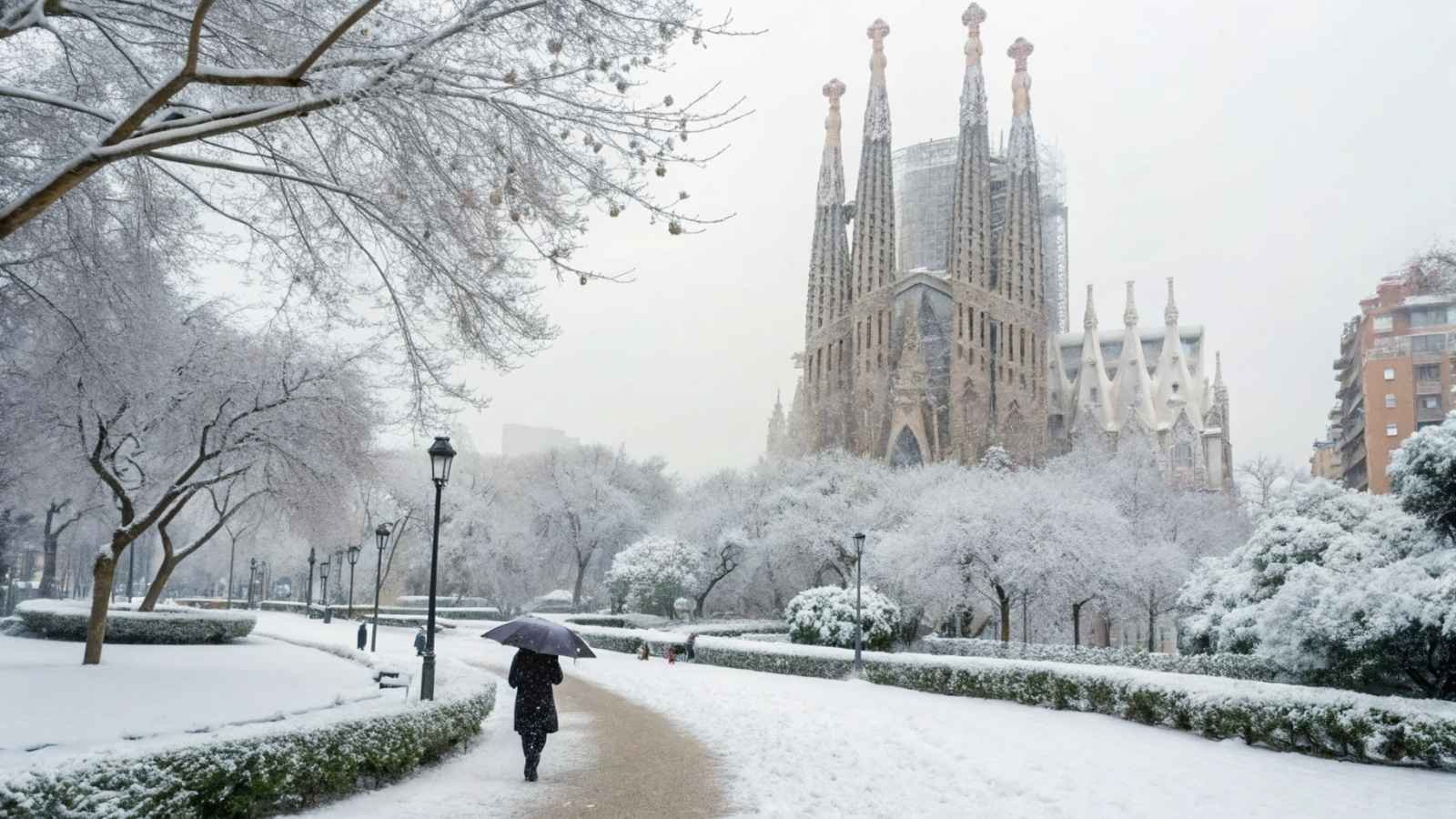
Barcelona’s golden season is often thought to be summer, when beaches are full and nightlife stretches until dawn. But locals know that winter strips the city back to its soul. Without the throngs of tourists, you can actually enjoy Gaudí’s masterpieces without rushing. Standing inside the Sagrada Família in December feels different—there’s silence, space, and light flooding through stained glass in a way that’s harder to appreciate in the summer crowd.
The cooler months also shift the rhythm of the city. Restaurants and tapas bars welcome more locals than tourists, and you’ll often get better service and richer conversation. Walking down La Rambla or through the Gothic Quarter is less of a shuffle and more of a true exploration. Even the beaches, while not for sunbathing, become perfect for long, reflective walks with the Mediterranean breeze.
And then there’s affordability. Hotels slash prices, flights are more reasonable, and museums often run shorter lines. Barcelona in winter isn’t about doing less—it’s about experiencing the city without distractions.
- Best Months to Visit (Off-Season): December – February
- Weather: Mild and pleasant (10–16°C / 50–61°F)
- Events: Christmas markets, Three Kings Parade in January
- Why Better Off-Season: Cheaper rates, quieter landmarks, authentic local atmosphere
7. Bali, Indonesia, in the Rainy Season
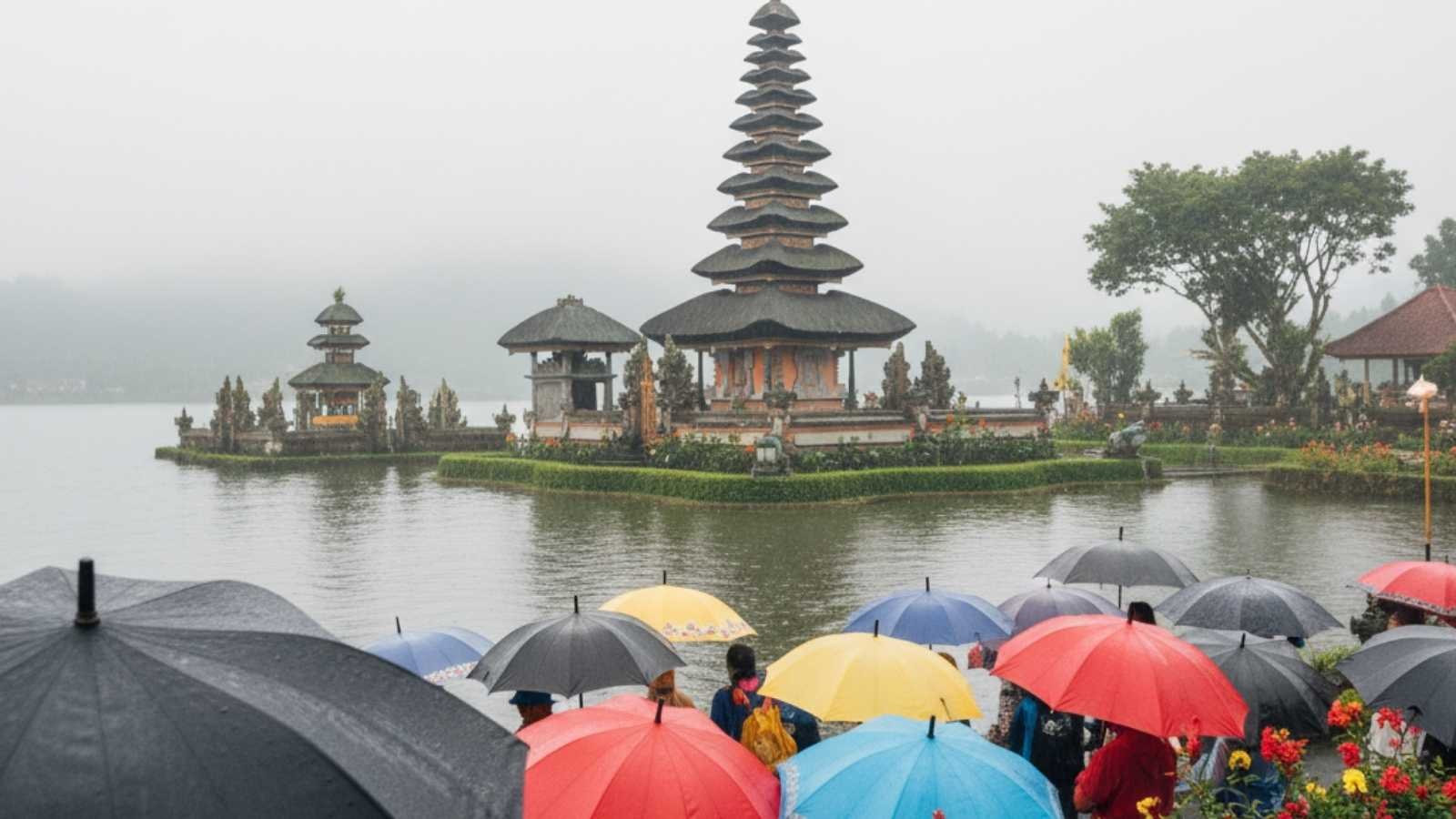
When people hear “rainy season,” they think it’s a bad time to visit Bali. But the truth? It’s one of the most rewarding times to experience the island. Yes, there are afternoon downpours, but mornings and evenings often bring sunshine, and the rains make the island lush, green, and alive in a way the dry season can’t match.
The biggest difference is crowd levels. The beaches, waterfalls, and temples—usually buzzing with visitors—are much more serene. Surf spots are still great, especially on the east coast, and yoga retreats and wellness centers feel more personal when they’re not packed. Plus, the rainy season delivers Bali’s most dramatic sunsets, with clouds catching fiery streaks of color across the horizon.
On top of that, costs dip significantly. Villas that would normally cost a small fortune suddenly become affordable, and resorts compete for guests with special deals. Bali in the rainy season is about slowing down, reconnecting with nature, and seeing the island at its most authentic pace.
- Best Months to Visit (Off-Season): November – March
- Weather: Warm (24–30°C / 75–86°F), daily afternoon showers
- Events: Galungan Festival (dates vary), Nyepi “Day of Silence” (March)
- Why Better Off-Season: Lower prices, fewer tourists, greener landscapes
8. Prague, Czech Republic, in the Fall
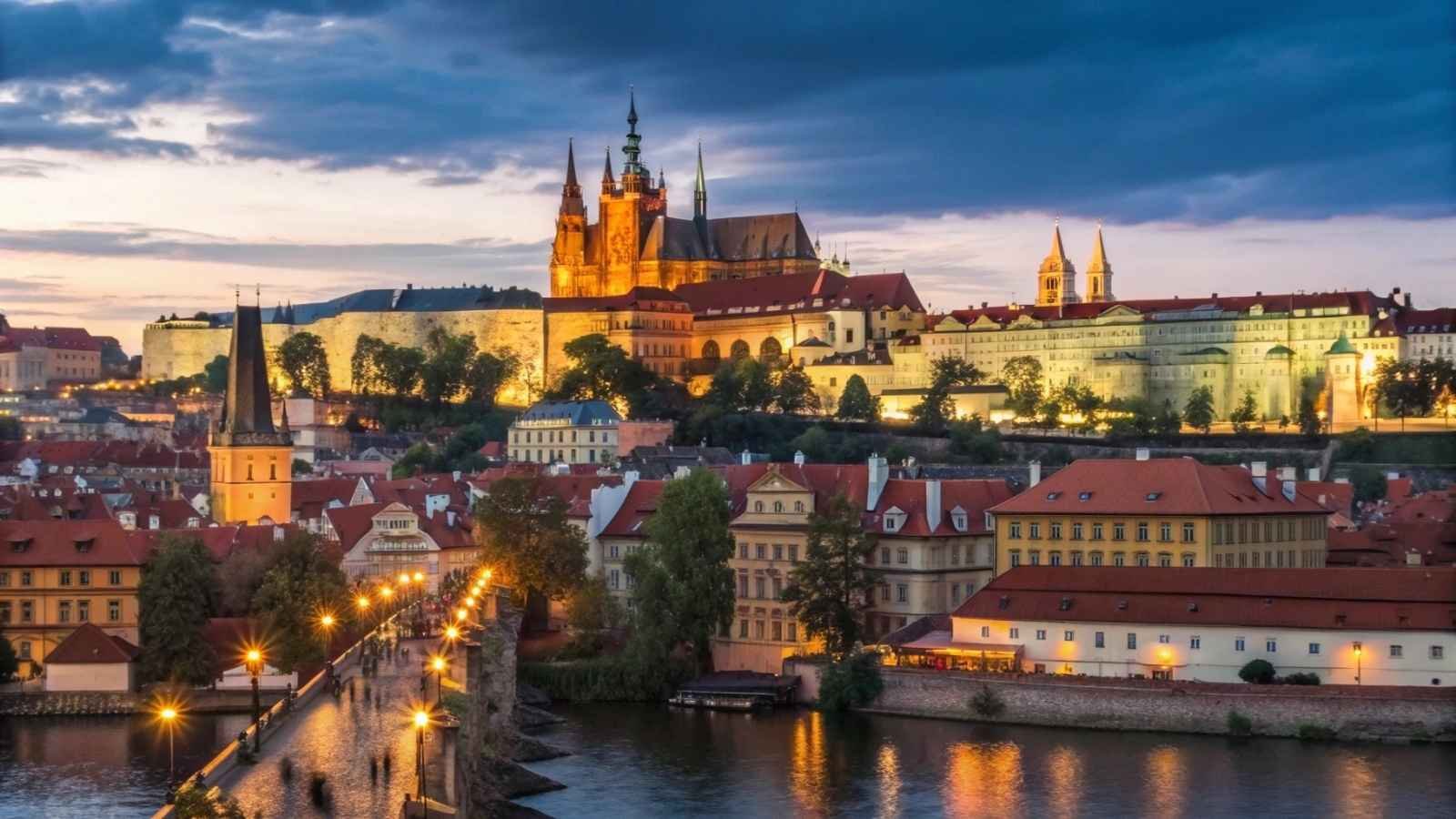
Prague is magical any time of year, but fall gives the city a romantic, golden touch that rivals even spring’s blossoms. As the leaves turn, the Gothic spires and baroque buildings glow against a backdrop of red and amber. Strolling across the Charles Bridge in September or October feels less hurried, and there’s room to pause and take in the street performers or the Vltava River views without being jostled.
Museums, cafes, and beer halls are more relaxed, too. You can sit with a pint of Czech lager or a plate of hearty goulash without the bustle of peak tourist traffic. Even Prague Castle, notorious for summer crowds, is more accessible—you can explore its courtyards and gardens at your own pace.
Another hidden perk of autumn in Prague is affordability. Airfares and hotel prices dip, and because it’s shoulder season, you’ll find more locals returning to their routines, giving the city a more grounded feel. Fall in Prague is less about rushing through attractions and more about sinking into its rhythm.
- Best Months to Visit (Off-Season): September – November
- Weather: Crisp and cool (7–17°C / 45–62°F)
- Events: Autumn festivals, classical music concerts
- Why Better Off-Season: Fewer crowds, beautiful foliage, affordable travel costs
9. Patagonia (Chile & Argentina) in Spring
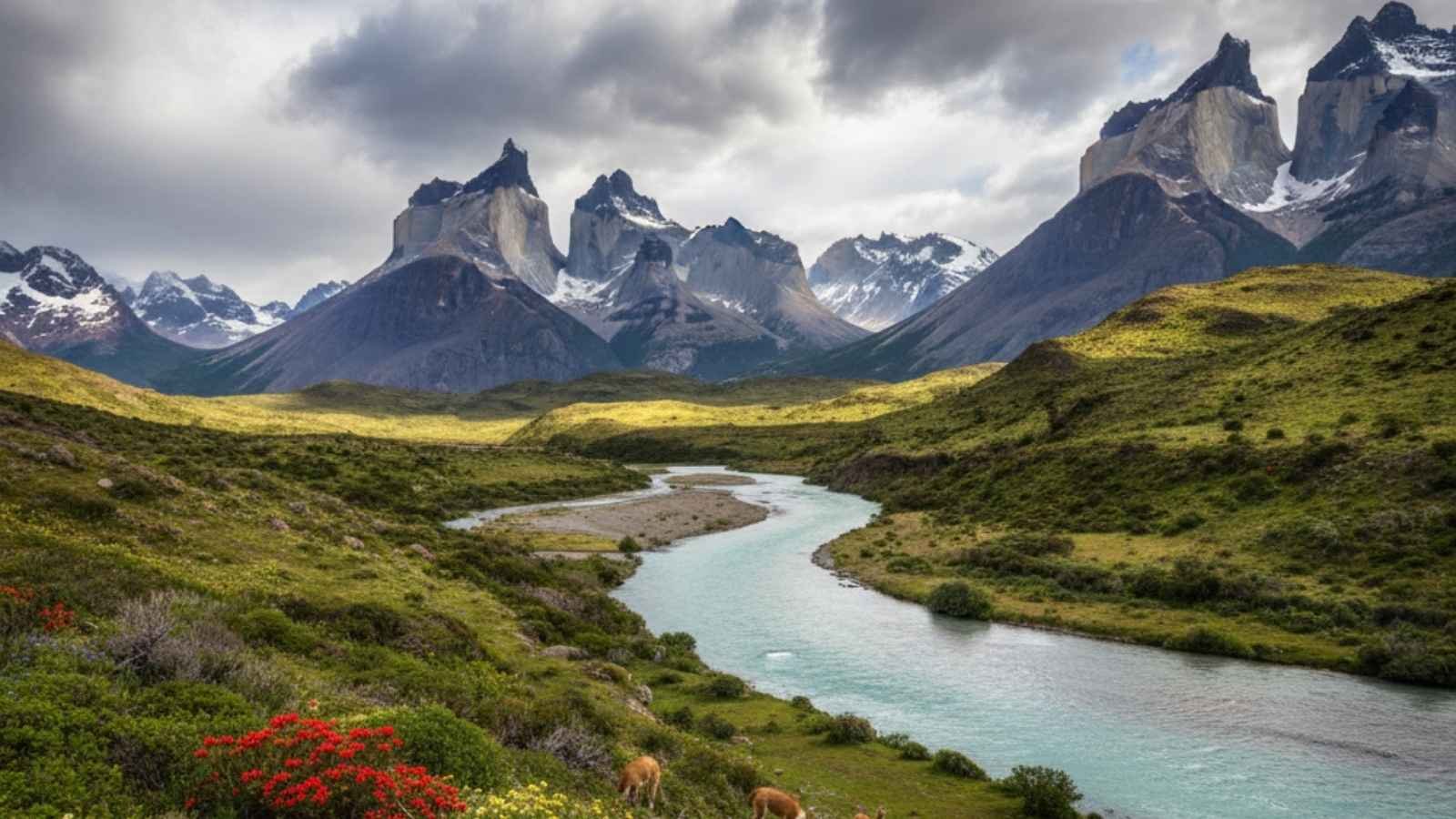
Patagonia is often thought of as a summer adventure destination, but spring is when the region truly shows off its wild side. The glaciers sparkle under fresh sunlight, wildflowers bloom across endless valleys, and wildlife—from guanacos to condors—emerges after winter. Hiking trails are quieter, and though conditions can still be unpredictable, that’s part of Patagonia’s untamed charm.
Spring offers one of the best balances between accessibility and solitude. Popular spots like Torres del Paine and Los Glaciares National Park are open, but you won’t have the summer crush of trekkers. You’ll often find yourself alone on trails with views that stretch to infinity. The winds can be fierce, but the payoff—pristine landscapes that feel untouched—is worth it.
Practical travelers also appreciate spring for its affordability. Lodges and tour operators often lower rates before the peak season, making it easier to explore without breaking the bank. Patagonia in spring isn’t polished or easy—it’s raw, real, and unforgettable.
- Best Months to Visit (Off-Season): October – November
- Weather: Cool and windy (5–15°C / 41–59°F)
- Events: Start of trekking season, wildlife spotting at its best
- Why Better Off-Season: Dramatic scenery, fewer trekkers, lower prices


